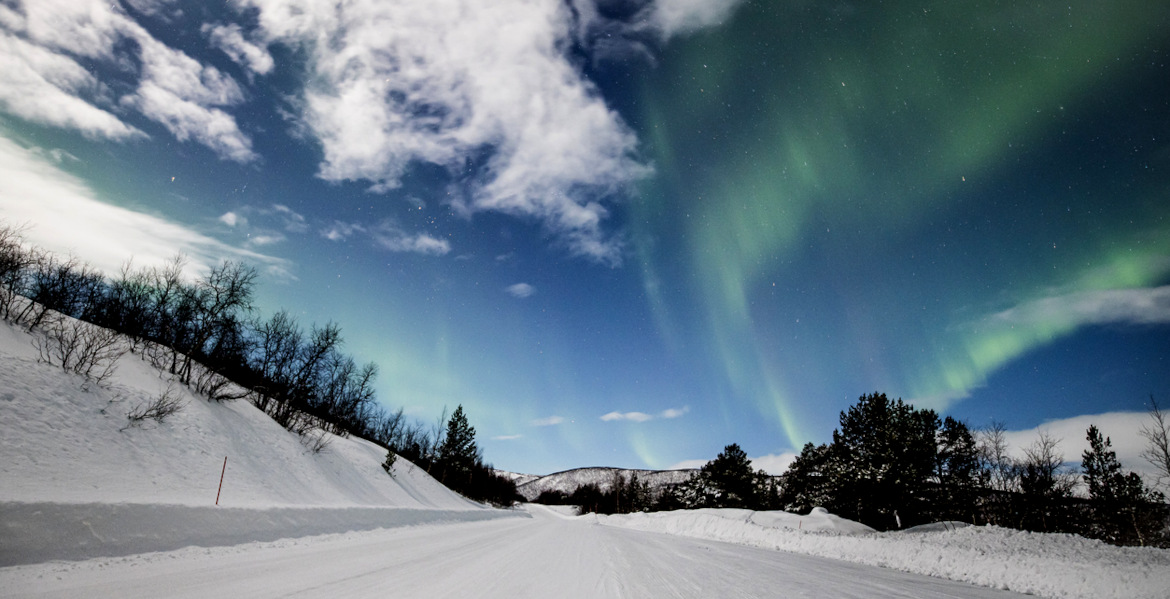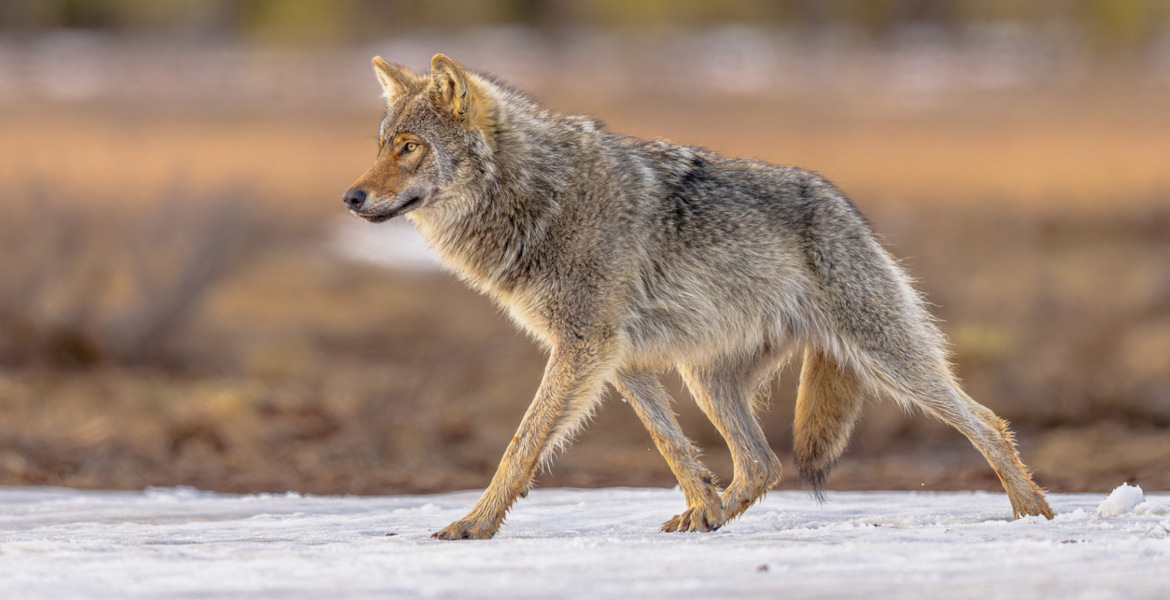About one in four workers in Finland is at high risk of burnout, according to a study by the Finnish Institute of Occupational Health. At the same time, one in ten Finns is classified as likely to experience burnout.
The Finnish Institute of Occupational Health's "How is Finland?" () research project examined changes in the occupational wellbeing of Finns at the end of 2019, in the summer of 2023, at the end of 2023 and in the summer of 2024, and found that the country's occupational wellbeing has deteriorated in recent years, especially during the coronavirus crisis.
– Although there is a lot of good in Finnish work life, there has been an overall trend of declining well-being at work. This is reflected in both the willingness and ability to work, says research professor Jari Hakanen from the Finnish Institute of Occupational Health in a press release.
In 2019, six per cent of respondents were likely to be burnt out, a figure that increased to ten per cent in the summer of 2024. Among people under 36, the likelihood of burnout has doubled, while among managers it has tripled since 2019.
According to the Finnish Institute of Occupational Health, being classified as likely to be burnt out means experiencing symptoms of burnout but still being able to work. However, the increase is described as ‘worrying’ as this group is most at risk of long-term sick leave.
– A person who has severe burnout may still be at work, but they constantly experience symptoms of burnout. They have to make even more effort in order to cope with work and the quality of the rest of their life suffers, says Janne Kaltiainen, a researcher at the Finnish Institute of Occupational Health.
Cognitive disorders and cynicism at work have also increased, especially among those who work remotely. 34% of those who work remotely more than 75% of the time also experience loneliness. When the same figure was applied to all respondents, the figure was 28%.
– There was an increase in experiences of loneliness compared to last year. Fortunately, this is something that can also be prevented at the workplace; for example by enabling encounters that make people feel seen and appreciated, says Kaltiainen.




